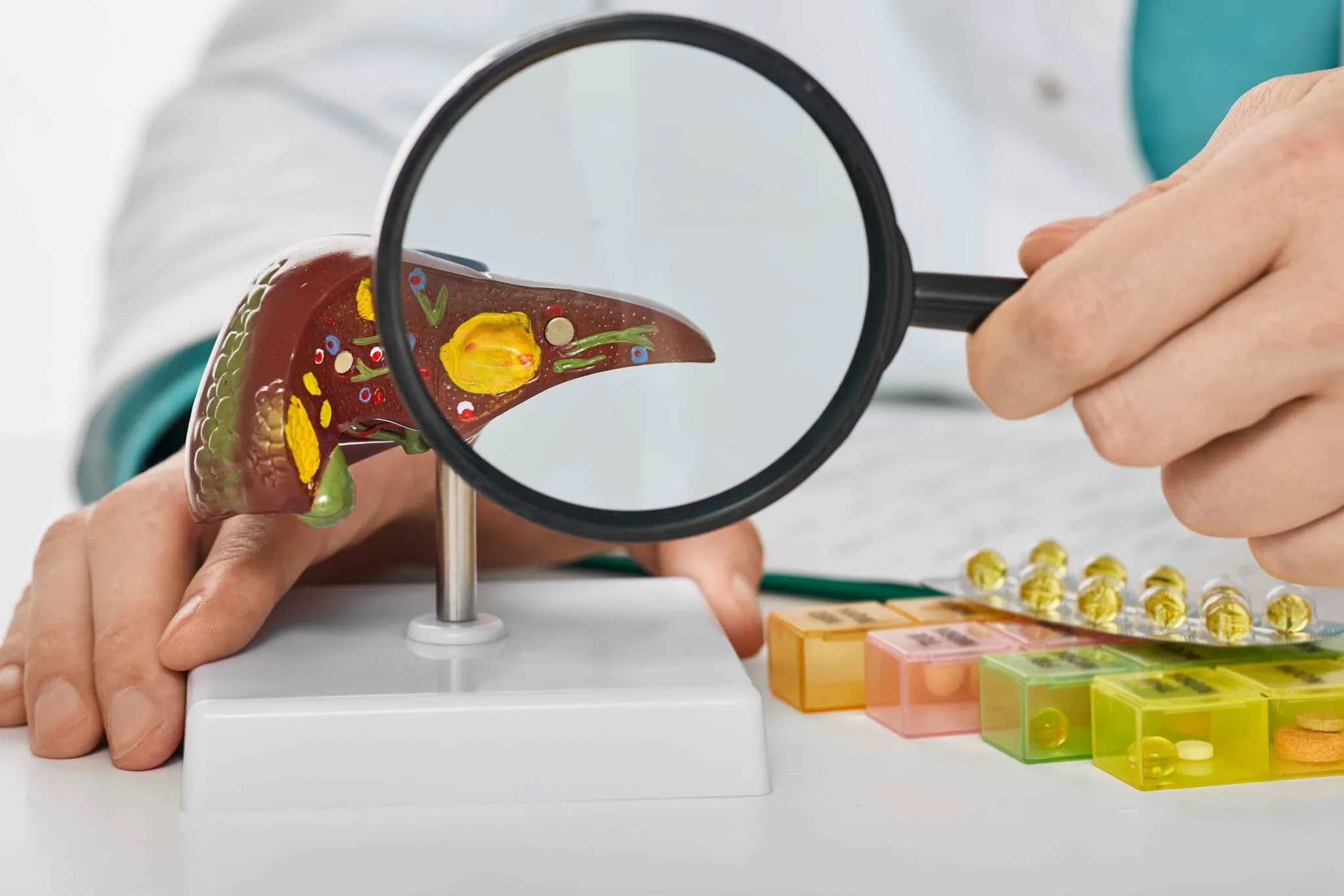Shocking Rise: Why Liver Cancer is the Fastest Growing Cancer in America
In a stark wake-up call for public health, liver cancer has emerged as the most rapidly escalating cancer type in the United States, sending shockwaves through medical communities and raising critical questions about Americans’ health landscape.
The Alarming Statistics
Liver cancer incidence rates have more than tripled since 1980, revealing a deeply concerning trend that demands immediate attention. According to recent epidemiological studies, the disease has become a silent epidemic, quietly transforming the health narrative of millions of Americans.
A Grim Survival Outlook
The prognosis for liver cancer patients remains devastatingly challenging. Only about 20% of patients survive five years after diagnosis, underscoring the aggressive nature of this disease. This low survival rate highlights the urgent need for early detection and innovative treatment strategies.
Understanding the Risk Factors
Multiple lifestyle and health factors contribute to the rising liver cancer rates:
- Obesity: A major underlying risk
- Type II Diabetes: Significantly increases vulnerability
- Excessive Alcohol Consumption: Each daily drink can increase risk by approximately 10%
- Tobacco Use: Can elevate risk by around 50%
Racial and Ethnic Disparities
The impact of liver cancer is not uniform across demographic groups. American Indians and Alaska Natives experience the highest mortality rates at 11.9 per 100,000, compared to 5.5 per 100,000 in non-Hispanic white populations.
“The disparities in liver cancer outcomes are a critical public health challenge that demands targeted interventions,” says Dr. Emily Rodriguez, a leading oncology researcher.
Geographic Variations
Liver cancer mortality rates show significant geographic variations:
– North Dakota: Lowest rate at 3.8 per 100,000
– District of Columbia: Highest rate at 9.6 per 100,000
Preventability: A Glimmer of Hope
Most liver cancers are considered preventable. Key intervention strategies include:
– Improving hepatitis B vaccination rates
– Screening and treating hepatitis C
– Promoting healthy body weight
– Enhancing diabetes care access
The COVID-19 Impact
The pandemic has further complicated liver cancer diagnostics and treatment, potentially disrupting healthcare services and delaying critical interventions.
Public Health Recommendations
Experts suggest comprehensive approaches to combat liver cancer:
1. Reduce alcohol consumption
2. Implement robust tobacco control measures
3. Increase public awareness about liver health
4. Improve healthcare access for vulnerable populations
The Path Forward
Continued research, funding, and targeted public health initiatives are crucial in addressing this growing health crisis. Early detection, lifestyle modifications, and proactive healthcare can significantly mitigate risks.
Conclusion
The rising tide of liver cancer in America is a complex challenge requiring multifaceted solutions. By understanding risk factors, promoting prevention, and investing in research, we can work towards reversing this alarming trend.
Call to Action: Prioritize your liver health through regular check-ups, maintaining a healthy lifestyle, and staying informed about potential risk factors.
Disclaimer: This article is for informational purposes and should not replace professional medical advice.






Leave a Comment